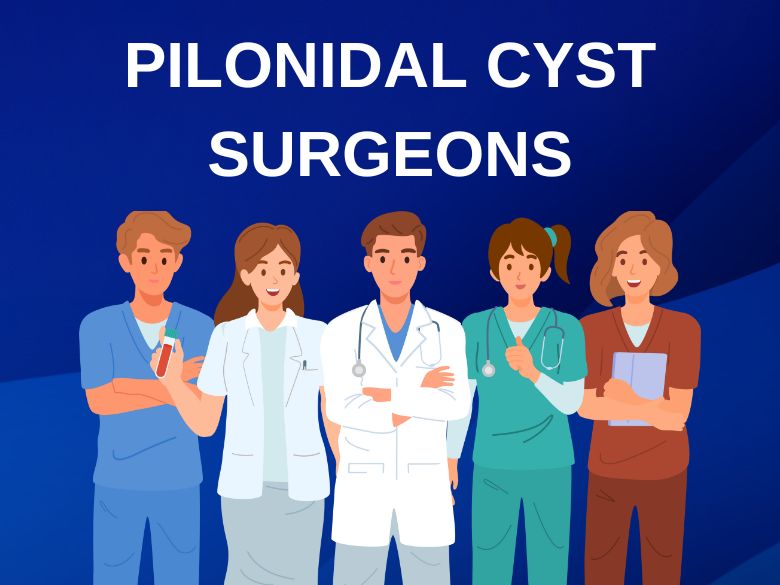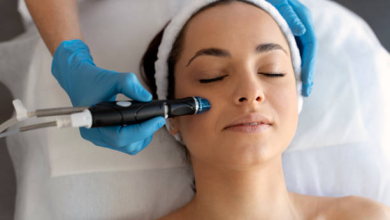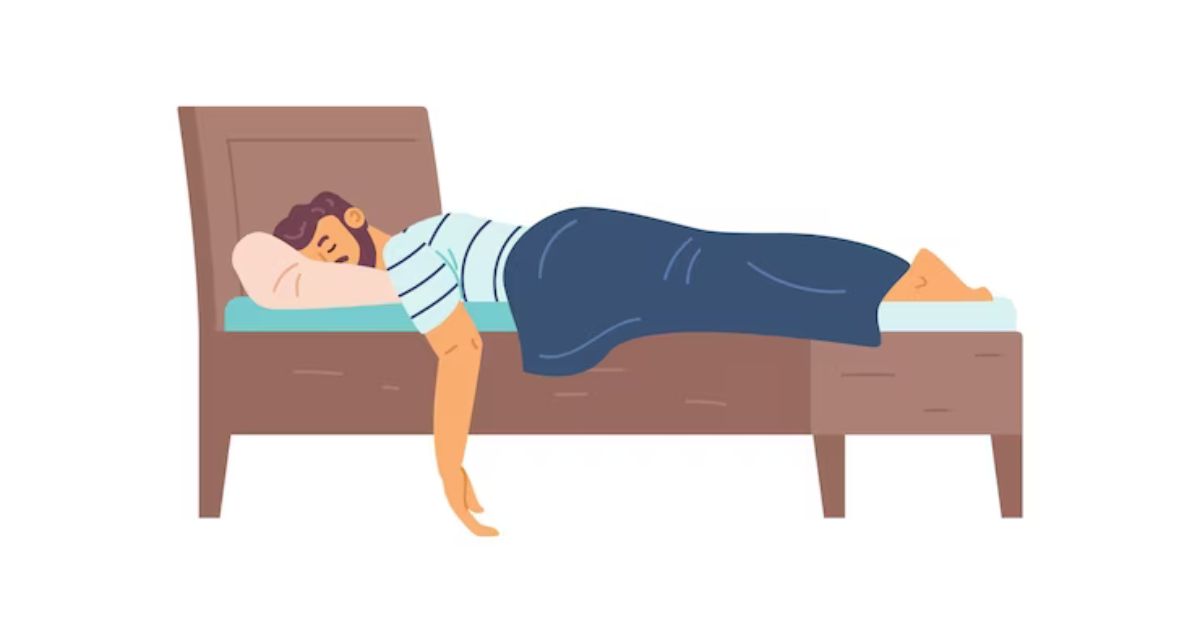Common Complications Of Pilonidal Cyst Surgery And How To Avoid Them

Pilonidal cysts, though often painful and uncomfortable, can be effectively treated through surgical intervention. Pilonidal cyst surgery aims to remove the cyst and provide relief from symptoms, but like any surgical procedure, it comes with potential complications. In this post, we will explore the common complications associated with pilonidal cyst surgery and discuss strategies to minimize their occurrence. Consulting skilled pilonidal cyst surgeons and taking preventive measures can significantly improve surgical outcomes and enhance the healing process.
Understanding Pilonidal Cysts Surgery and Common Complications
Pilonidal cyst surgery is a common procedure performed to treat pilonidal cysts, which are painful fluid-filled lumps that develop at the base of the tailbone or cleft of the buttocks. While surgery is generally effective in providing relief and preventing recurrent infections, like any surgical procedure, it can come with potential complications. Understanding these complications can help patients make informed decisions and take necessary precautions to ensure a smooth recovery.
- Infection
One of the most common complications of pilonidal cyst surgery is infection. Despite efforts to maintain a sterile environment during surgery, there is always a risk of pilonidal cyst infection at the surgical site. Infections can cause redness, swelling, increased pain, and may lead to delayed wound healing.
- Wound Dehiscence
Wound dehiscence refers to the reopening of the surgical wound after the procedure. Factors like excessive tension on the incision site, poor wound care, or infection can contribute to wound dehiscence.
- Hematoma
A hematoma refers to the accumulation of blood beneath the skin in the vicinity of the surgical area. It can lead to swelling and discomfort and may necessitate drainage if it becomes substantial.
- Seroma
Similar to a hematoma, a seroma is a collection of fluid that can accumulate at the surgical site. While usually not harmful, large seromas can cause discomfort and may need drainage.
- Recurrence
In some cases, pilonidal cysts may recur after surgery. This can happen due to incomplete removal of the cyst or the development of a new cyst in the same area.
- Delayed Healing
Factors such as the patient’s overall health, wound care practices, and the extent of the surgery can influence the healing process. Delayed wound healing can increase the risk of complications and prolonged recovery.
- Excessive Scarring
Depending on the surgical technique used, some patients may experience excessive scarring at the surgical site. While scarring is a natural part of the healing process, certain factors can lead to more pronounced and raised scars.
- Allergic Reactions
In rare cases, patients may experience allergic reactions to anesthesia, surgical dressings, or other materials used during the surgery.
- Nerve Damage
Pilonidal cyst surgery involves incisions and tissue manipulation, which can lead to temporary or, in rare cases, permanent nerve damage. Nerve damage may result in altered sensation or numbness in the surgical area.
- Bleeding
While surgical techniques aim to minimize bleeding, there is always a risk of bleeding during or after the procedure. Excessive bleeding may require additional interventions.
Preventing Complications and Promoting Recovery
While complications are possible, there are steps that patients can take to minimize their occurrence and promote a smoother recovery:
- Choose an Experienced Pilonidal Cyst Surgeon: Selecting a skilled and experienced pilonidal cyst surgeon is crucial in reducing the risk of complications. Surgeons with expertise in pilonidal cyst surgery are better equipped to handle potential challenges and provide comprehensive care.
- Preoperative Preparation: Before undergoing surgery, ensure you follow all preoperative instructions provided by your surgeon. This may include dietary restrictions, medications to avoid, and proper hygiene practices to reduce the risk of infection.
- Proper Wound Care: Adhering to the postoperative wound care instructions is essential for preventing infection and promoting proper healing. Keep the surgical site clean and dry, change dressings as directed, and avoid excessive movement that may stress the incision.
- Address Infections Promptly: If signs of infection, such as redness, swelling, or increased pain, develop after surgery, seek medical attention immediately. Basically, timely treatment of infections can prevent them from worsening and reduce the risk of complications.
- Follow Activity Restrictions: After surgery, your surgeon may provide activity restrictions to avoid straining the surgical site. So, it’s essential to follow these guidelines to prevent wound dehiscence and promote healing.
- Maintain a Healthy Lifestyle: Good overall health can positively influence surgical outcomes. So, eat a balanced diet, stay hydrated, and refrain from smoking, as smoking can impair wound healing and increase the risk of infections.
Conclusion
Pilonidal cyst surgery is an effective treatment for managing recurrent infections and providing relief from pilonidal cyst-related symptoms. Clearly, complications may occur, but selecting an experienced pilonidal cyst surgeon and adhering to postoperative instructions can significantly reduce their likelihood.
Proper wound care, prompt treatment of infections, and healthy lifestyle choices also play vital roles in promoting optimal healing and minimizing complications. So, if you are considering pilonidal cyst surgery or have undergone the procedure, it is essential to maintain open communication with your healthcare provider and promptly address any concerns that may arise during the recovery process.
Remember, individual responses to surgery can vary, and seeking guidance from qualified healthcare professionals is crucial for personalized care and support.



